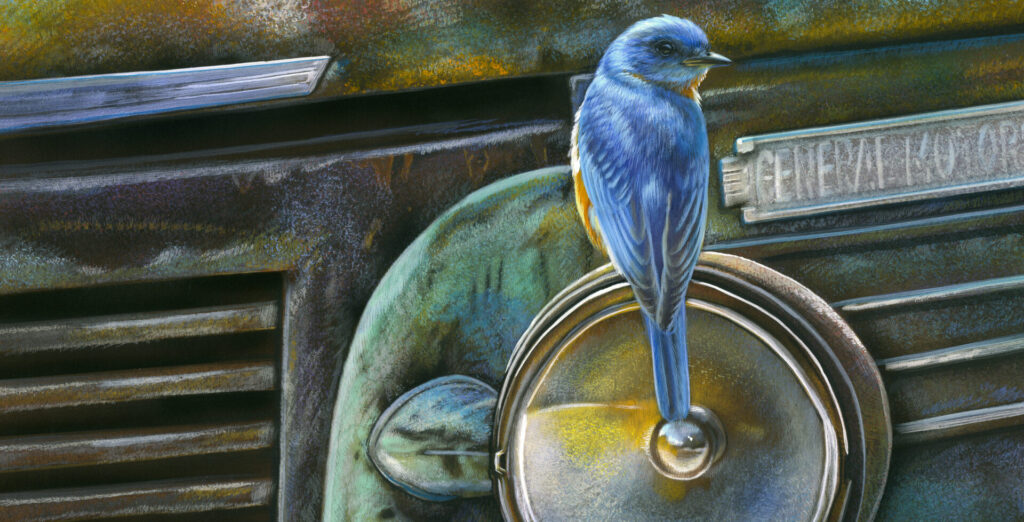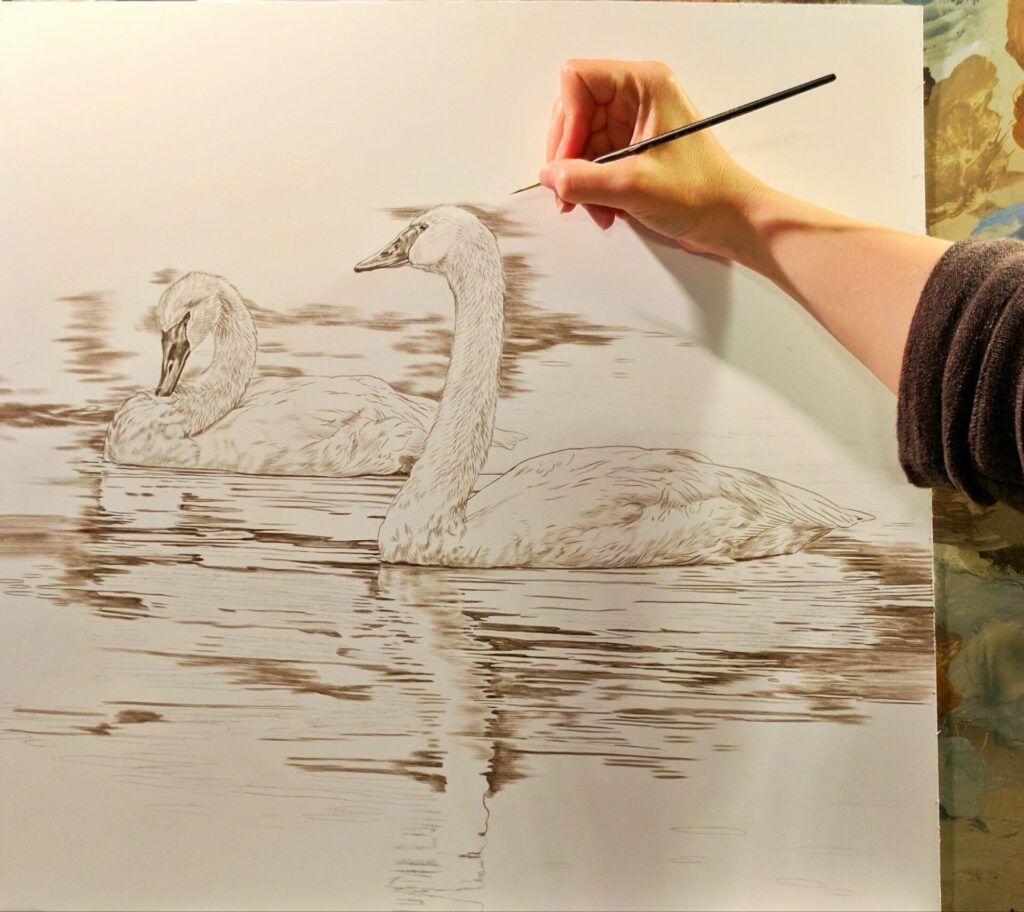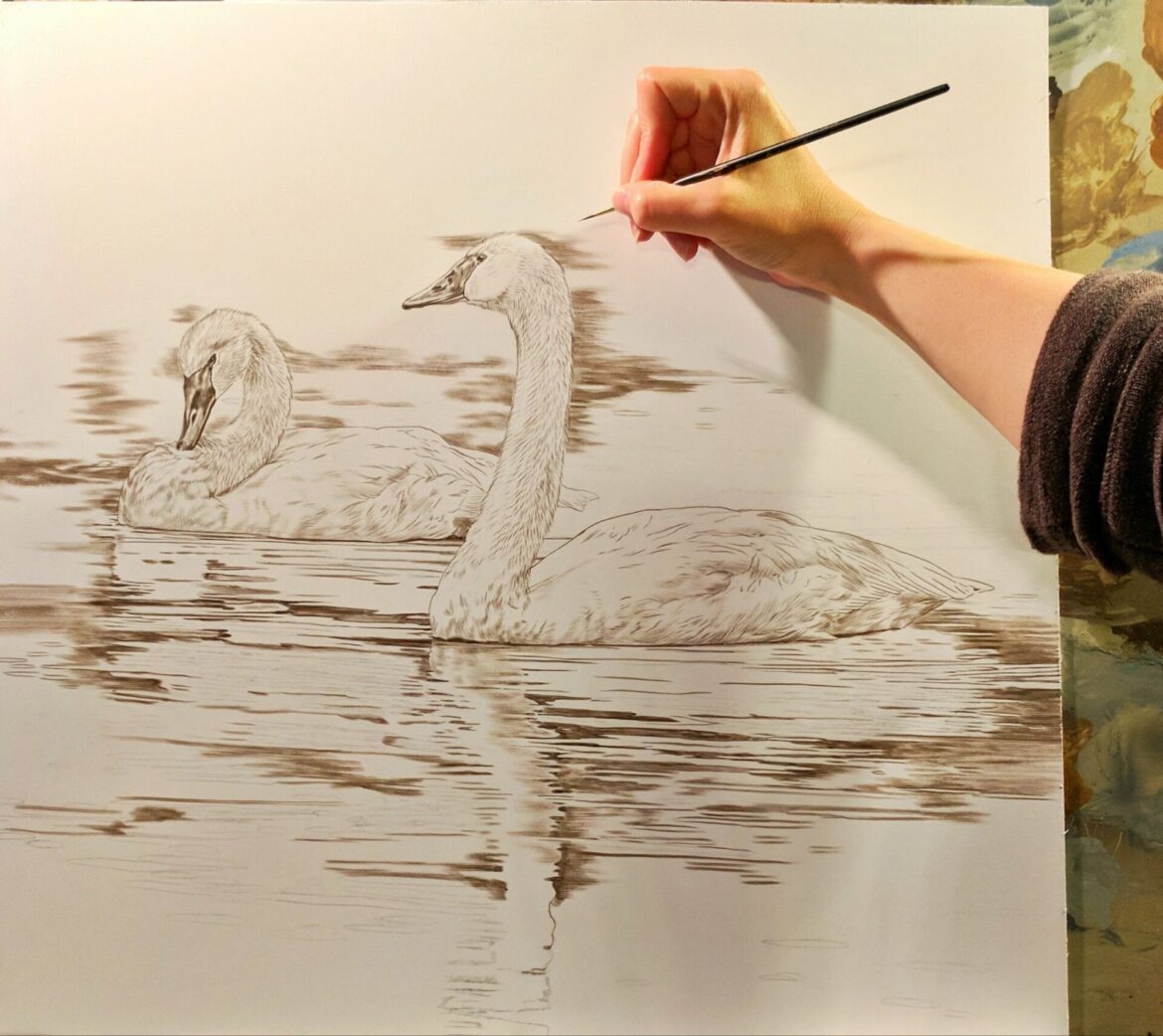At first glance, a painting may seem like a simple depiction of an animal—but look closer, and you’ll find layers of meaning woven into every brushstroke.
Wildlife art is filled with hidden details, subtle elements that add depth and emotion to a piece. The way light filters through a forest, the delicate texture of fur, the quiet expression in an animal’s eyes—all of these details tell a story, inviting the viewer to step into the scene.

Some details are intentional—small touches that enhance realism, like the reflection of water, the soft blur of distant foliage, or the intricate patterns in feathers and fur. Others emerge naturally through the painting process, revealing unexpected nuances that bring the subject to life.

Beyond technique, hidden details can carry symbolism and emotion. A particular color choice may evoke a mood, a composition may hint at movement, and the positioning of an animal may suggest a deeper narrative. These elements create a connection between the viewer and the subject, allowing the painting to resonate on a personal level.
One of the most fascinating aspects of hidden details is how they change with perspective. A painting viewed from a distance may highlight the overall composition, while a closer look reveals fine brushstrokes, delicate transitions, and subtle textures that add richness to the piece.
For me, these details are what make wildlife art so powerful. They transform a painting from a simple image into an experience, a moment frozen in time that invites exploration and discovery.

Leave a Reply